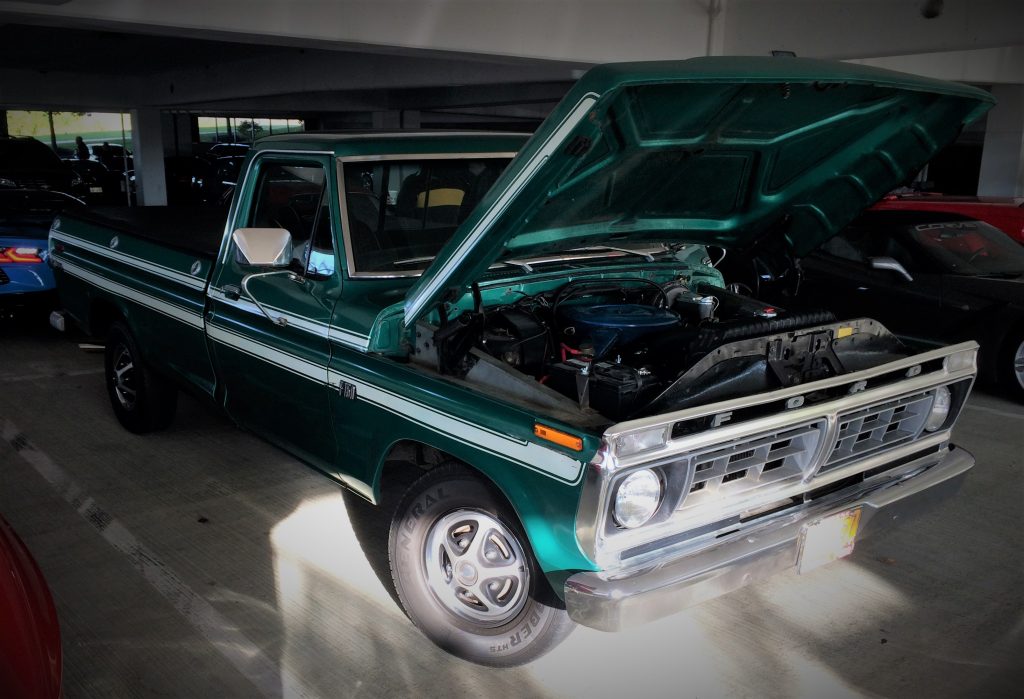Q: We have a 1976 Ford F-100 pickup we use as a tow vehicle. It has a 360-cubic-inch two-barrel engine running Crane stock replacement cam and “anti-pump-up” hydraulic lifters. The heads are fitted with TRW valves and springs that are close to OEM in the lift and spring pressure department. The rockers are stock ratio and non-adjustable, with spacer sleeves and shims installed to center the rockers over each valve (we have .005-.006-inch side clearance for oiling) and eliminate the spacer springs. Most everything else is stock so we could retain the engine’s low-rpm torque for hauling the race car through the mountains.
The freshly rebuilt engine has run like a champ for the past 5,000 miles. We recently heard that adjustable rocker arms are required when using the anti-pump-up lifters. We’ve noticed periodic valvetrain noise, and checked the lifter preload. We found an excessive lack of preload and suspected a faulty cam and/or lifters. There is no metal in the oil, and checking the cam lift with a solid lifter dial indicated nothing had changed. We swapped in .030-inch longer pushrods for those lifters that had little preload, and that seemed to have corrected the problem. Is this okay, or do we need those adjustable rockers?

A: You didn’t indicate what you found for lifter preload. Preload for hydraulic cams should be between .020-.060-inch. The reason you heard valvetrain noise is because the lifters have worn into the cam lobe, and the preload may now be on the low side. Try to get preload into the middle of the range, around .030-.040-inch. Check your actual preload first, then get it in the recommended range and see if that solves your problem. Crane Cams offers some excellent tips for checking and adjusting preload on applications with non-adjustable rockers.
…

Comments